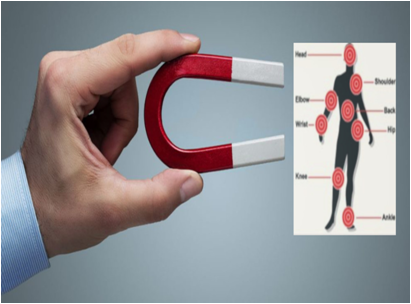 What are the mechanical properties of materials? The mechanical properties of materials generally include strength, hardness, plasticity and toughness, which have different physical meanings. Strength refers to the maximum ability of a material to resist the destructive action of external forces. The strength can be divided into: Tensile strength (tensile strength), refers to the strength limit when the external force is tensile force. What are the mechanical properties of materials? The mechanical properties of materials generally include strength, hardness, plasticity and toughness, which have different physical meanings. Strength refers to the maximum ability of a material to resist the destructive action of external forces. The strength can be divided into: Tensile strength (tensile strength), refers to the strength limit when the external force is tensile force.Compressive strength refers to the strength limit when the external force is pressure. Bending strength refers to the strength limit when the external force is perpendicular to the material axis and makes the material bend after the action.Hardness refers to the ability of a material to resist local hard material pressing into its surface. It is an index to compare the hardness of various materials. The higher the hardness is, the stronger the resistance of metal to plastic deformation is.Plasticity refers to the ability of a solid material to resist deformation under a certain external force. It is also the ability of a material to deform permanently without being destroyed. Toughness represents the ability of a material to absorb energy during plastic deformation and fracture. The better the toughness, the lower the possibility of brittle fracture. In materials science and metallurgy, toughness refers to the resistance of materials to fracture when they are subjected to the force that makes them deform. It is the ratio of energy and volume that materials can absorb before fracture. Mechanical properties of sintered NdFeB: Sintered NdFeB belongs to brittle material, and its mechanical properties are hard and brittle, that is, high strength and low toughness. There is almost no plastic deformation before fracture, that is to say, it breaks in the elastic deformation stage. From the comparison of the magnetic energy product (BH)max and fracture toughness of various permanent magnet materials, we can find that sintered NdFeB has the highest magnetic energy product (BH) m, but the fracture toughness is still comparable to Sm2Co17, SmCo5 and ferrite permanent magnets, because they are all based on intermetallic compounds and belong to brittle materials. The fracture toughness of bonded rare earth permanent magnet, Fe Cr CO and magnetic steel is the best, but their magnetic energy product (BH) m is much lower than that of sintered NdFeB. |
Email Usneo@atechmagnet.com
CALL US NOW
+86-010-53345989

 English
English
